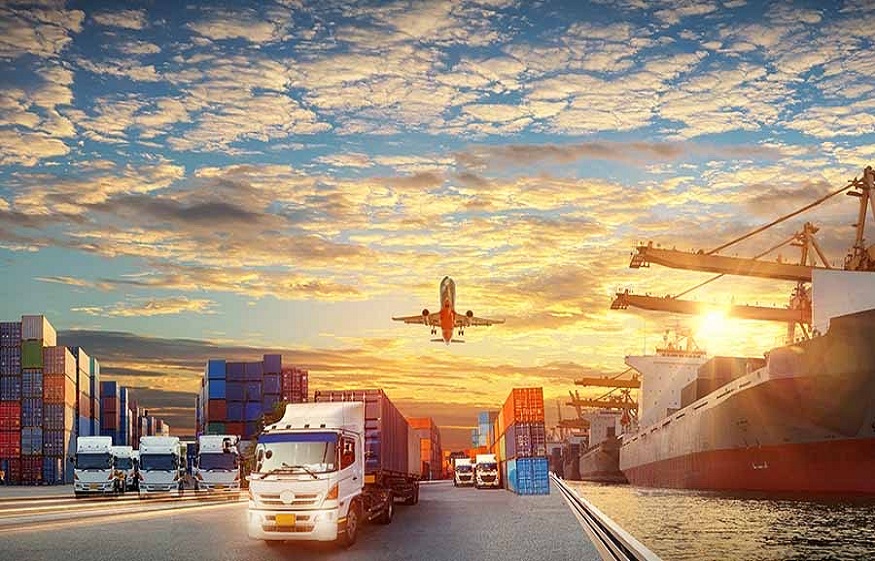
Process for AEligibility Criteria and Applicationdvance Authorisation in India
If you’re an Indian manufacturer involved in exports, you’ve probably heard of the Advance Authorisation Scheme. It’s one of those lesser-known but extremely powerful tools that can significantly reduce your input costs – provided you know how to use it properly.
Your Broker is not my paid my payment. So i have remove your links. If you can add your links than contact me on my email id: [email protected]
Let’s break down what the scheme is, who can benefit from it, and how to go about the application process without getting buried in bureaucracy.
What is the Advance Authorisation Scheme?
In simple terms, the Advance Authorisation Scheme allows exporters to import raw materials, inputs, or components duty-free. The idea is to promote value-added exports by easing the cost burden on raw materials.
So, if you’re manufacturing garments, for example, and need imported fabric or zippers, this scheme lets you bring them in without paying Basic Customs Duty (BCD), IGST, and other related duties – as long as you export the finished product.
Who is Eligible for Advance Authorisation?
Not every exporter can walk in and apply. There are specific eligibility criteria that need to be met:
1.Manufacturer Exporters and Merchant Exporters (Tied with Supporting Manufacturers)
If you’re directly manufacturing goods or you’re a merchant exporter tied up with a manufacturer, you can apply.
2. Minimum Value Addition Requirement
Generally, a minimum 15% value addition is required. In simple terms, the export product must be worth at least 15% more than the cost of imported inputs. There are exceptions for certain sectors (like pharma), but this is the broad rule.
3. Standard Input Output Norms (SION)
The DGFT has pre-defined SION norms for hundreds of products. Your product must either fall under these norms or you must apply under self-declared norms until SION is fixed.
4. Export Obligation
This isn’t a free pass. Once you import the duty-free inputs, you need to export the finished goods within a specified period – typically 18 months from the date of issue of the authorisation.
What Can Be Imported Duty-Free?
Under the Advance Authorisation Scheme, you can import:
- Raw materials
- Components
- Packing material
- Fuel
- Catalysts (in some cases)
Capital goods and consumables generally aren’t allowed under this scheme, unless specifically notified.
How to Apply for Advance Authorisation
Now, let’s get into the process. The application is filed online via the DGFT portal.
Step 1: Prepare Your IEC and DSC
Before anything else, you need a valid Importer Exporter Code (IEC) and a Digital Signature Certificate (DSC) for online filing.
Step 2: Choose Your Product Norms
Check if your product is listed under SION. If yes, proceed with those norms. If not, you’ll need to apply under the Self-Declared Norms route, which may take longer and involve scrutiny.
Step 3: Fill and Submit Application on DGFT Portal
Login to dgft.gov.in, navigate to the Advance Authorisation section, and fill out the application. You’ll need details like:
- Description and quantity of inputs and outputs
- FOB value of exports
- CIF value of imports
- Name of the port of registration
Attach supporting documents like a Chartered Engineer certificate, product write-ups, and past export performance, if any.
Step 4: Pay the Fee and Submit
Pay the DGFT application fee online and submit the application. If everything is in order, you’ll typically receive your authorisation within a few days (under SION). For self-declared norms, expect more time.
What Happens After You Get the Authorisation?
Once you receive the Advance Authorisation, you can start importing the raw materials without paying customs duties. But remember, this is conditional.
You must:
- Maintain proper records of imports and exports
- Fulfil the export obligation within the specified time
- Submit documents for redemption to DGFT once export is complete
Failure to meet obligations can result in penalties and demand for duty repayment with interest.
Why Use the Advance Authorisation Scheme?
Here’s what it really means for your bottom line:
- Reduced landed cost: Duty-free imports save you money upfront
- Better pricing competitiveness: Lower input costs make your export pricing more attractive
- Working capital advantage: You don’t pay duties and claim refunds later – you skip the duty entirely
And here’s a bonus: if you use this in combination with RoDTEP or EPCG, you can push your margins even further.
Want Help Navigating It?
Not every exporter has the time or resources to handle the procedural part. That’s where we come in.
At Afleo, we help Indian exporters unlock the full benefits of DGFT schemes like Advance Authorisation, EPCG, RoDTEP, and more. From application filing to post-export compliance, our team ensures you meet all the requirements and don’t leave money on the table.
If you’re looking to get started with the advance authorisation scheme, here’s how we can help.
Final Thoughts
The Advance Authorisation Scheme is one of the most underrated incentives for Indian exporters. It’s technical, yes – but the savings are real. Whether you’re just starting out or already exporting at scale, this is one scheme that can quietly improve your profitability without changing your operations.
Don’t let duties eat into your margins. Learn the process, meet the obligations, and make your exports work harder for you.


